Ceramic Fabric: An Overview
Ceramic fabric, a specialized material within the technical textiles industry, stands out for its exceptional properties. This category encompasses a range of products designed for applications that demand high durability and resistance to extreme temperatures. Ceramic fabric is primarily composed of ceramic fibers, which contribute to its remarkable heat and fire resistance capabilities.
Types and Composition
The composition of ceramic fabric often includes materials such as alumina-silica or other refractory compounds. These fabrics can be found in various forms, including yarns, woven fabrics, and non-woven mats, each tailored to specific industrial needs. The choice of ceramic fiber type, whether polycrystalline or amorphous, depends on the application's temperature requirements and environmental conditions.
Applications and Uses
Ceramic fabric is indispensable in sectors that require materials to withstand high temperatures, such as aerospace, automotive, and industrial manufacturing. Its use in heat insulation and fireproofing is widespread, providing safety and durability where it is most needed. Additionally, ceramic fabric serves as a protective layer in welding blankets, fire curtains, and insulation pads.
Features and Advantages
The inherent features of ceramic fabric include its low thermal conductivity, excellent thermal stability, and resistance to thermal shock. These characteristics make it an ideal choice for applications that involve rapid temperature changes. Moreover, its resistance to chemical degradation and minimal shrinkage at high temperatures are advantages that make ceramic fabric a reliable material in harsh environments.
Material Selection and Sustainability
When selecting a ceramic fabric, it is crucial to consider the specific environment it will be used in. Factors such as the presence of corrosive chemicals, the range of operating temperatures, and the physical demands of the application should guide the selection process. Sustainability is also a growing concern, with many industries seeking ceramic fabrics that offer longer lifespans and reduced environmental impact.
Maintenance and Handling
Proper maintenance and handling of ceramic fabric are essential to ensure its longevity and performance. Users should adhere to guidelines for storage and handling to prevent damage to the fabric's structure. While ceramic fabric is known for its durability, it is still important to inspect it regularly for signs of wear or damage, especially in high-stress applications.
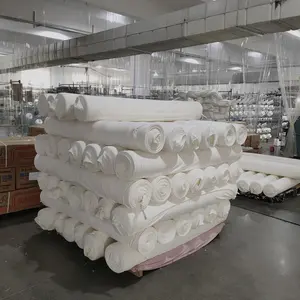




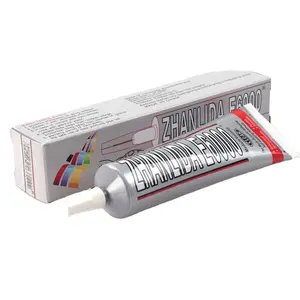
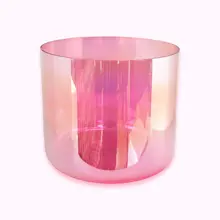

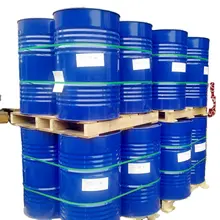
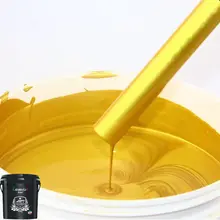





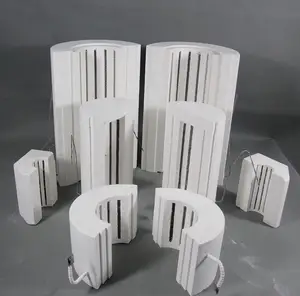
























 浙公网安备 33010002000092号
浙公网安备 33010002000092号 浙B2-20120091-4
浙B2-20120091-4